

- RFQ
- BOM
-
Contact Us
Tel: +86-0755-83501315
Email: sales@sic-components.com
- Chinese
- English
- French
- German
- Portuguese
- Spanish
- Russian
- Japanese
- Korean
- Arabic
- Irish
- Greek
- Turkish
- Italian
- Danish
- Romanian
- Indonesian
- Czech
- Afrikaans
- Swedish
- Polish
- Basque
- Catalan
- Esperanto
- Hindi
- Lao
- Albanian
- Amharic
- Armenian
- Azerbaijani
- Belarusian
- Bengali
- Bosnian
- Bulgarian
- Cebuano
- Chichewa
- Corsican
- Croatian
- Dutch
- Estonian
- Filipino
- Finnish
- Frisian
- Galician
- Georgian
- Gujarati
- Haitian
- Hausa
- Hawaiian
- Hebrew
- Hmong
- Hungarian
- Icelandic
- Igbo
- Javanese
- Kannada
- Kazakh
- Khmer
- Kurdish
- Kyrgyz
- Latin
- Latvian
- Lithuanian
- Luxembou..
- Macedonian
- Malagasy
- Malay
- Malayalam
- Maltese
- Maori
- Marathi
- Mongolian
- Burmese
- Nepali
- Norwegian
- Pashto
- Persian
- Punjabi
- Serbian
- Sesotho
- Sinhala
- Slovak
- Slovenian
- Somali
- Samoan
- Scots Gaelic
- Shona
- Sindhi
- Sundanese
- Swahili
- Tajik
- Tamil
- Telugu
- Thai
- Ukrainian
- Urdu
- Uzbek
- Vietnamese
- Welsh
- Xhosa
- Yiddish
- Yoruba
- Zulu
- Kinyarwanda
- Tatar
- Oriya
- Turkmen
- Uyghur
All About Capacitors
In the intricate circuit architectures of modern electronic devices, capacitors are like unsung heroes working behind the scenes. Despite their small size, they possess immense energy and play an irreplaceable and crucial role. From the mobile phones and computers we use frequently in our daily lives to advanced and precise medical equipment and vital communication base stations, capacitors can be found everywhere. They are like the "guardians" of electronic devices, ensuring the stable operation of various electronic products and serving as an essential fundamental component of the electronic world.
I. Basic Concepts and Working Principles of Capacitors
A capacitor is essentially an electronic component capable of storing electrical energy. Its basic structure consists of two conductors that are close to each other and effectively separated by an insulating medium. These two conductors are called electrodes, and the insulating medium can be various materials such as air, paper, ceramics, or plastics. When a voltage is applied between the two electrodes of a capacitor, charges will rapidly accumulate on the electrodes, enabling the capacitor to store electrical energy like a small "electrical energy storage depot". The physical quantity used to measure the ability of a capacitor to store charge is capacitance, denoted by the letter "C", and the unit is the farad (F). However, since the farad is a relatively large unit, in practical applications, smaller units such as microfarads (μF), nanofarads (nF), and picofarads (pF) are more commonly used. The conversion relationships between them are: 1F = 10⁶μF = 10⁹nF = 10¹²pF.
The working process of a capacitor mainly includes two important stages: charging and discharging. When a capacitor is connected to a power source for charging, the electric field force generated by the power source will drive electrons to flow from the negative pole of the power source to one electrode of the capacitor, making it negatively charged. At the same time, the electrons on the other electrode are attracted to the positive pole of the power source, making it positively charged. As the charge accumulates continuously, an electric field will gradually form between the two plates of the capacitor, and the stored electrical energy will also increase continuously. During this process, the voltage across the capacitor gradually rises until it is equal to the power source voltage, and at this point, the charging process ends. The capacitor is then like a fully charged battery, storing a certain amount of electrical energy. When the capacitor is connected to a circuit with a load for discharging, the situation is just the opposite. The charges accumulated on the two plates of the capacitor will form an electric current that smoothly passes through the load. Electrons flow from the negatively charged plate to the positively charged plate, and the electrical energy stored in the capacitor is gradually released to provide the required energy for the load. As the discharging continues, the voltage across the capacitor gradually decreases, and the stored charge also becomes less and less until the capacitor is completely discharged and the voltage drops to zero.
This unique charging and discharging characteristic of capacitors enables them to perform multiple important functions in circuits. For example, in power supply circuits, capacitors can effectively smooth out voltage fluctuations through charging and discharging, significantly reducing the ripple of the power supply output, and providing a stable and reliable DC voltage for electronic devices. In signal processing circuits, capacitors can use their characteristic of "allowing alternating current (AC) to pass through while blocking direct current (DC)" to achieve signal coupling and isolation, allowing useful AC signals to pass through smoothly while effectively preventing the DC component from having an adverse impact on the circuit.
II. Diverse Types and Characteristics of Capacitors
Ceramic Capacitors: As one of the most common types of capacitors, the dielectric of ceramic capacitors is made of ceramic materials. This type of capacitor has many advantages such as small size, low cost, good stability, and excellent high-frequency characteristics, so it is widely used in various electronic devices. Its size range is very wide, from miniature surface-mounted components to larger through-hole capacitors. Since its capacitance value is usually small, generally between picofarads (pF) and microfarads (μF), it is particularly suitable for applications such as filtering, coupling, and bypassing in high-frequency circuits. For example, in the radio frequency circuit of a mobile phone, ceramic capacitors are widely used to filter out high-frequency noise to ensure the high purity of the signal, thereby greatly improving the communication quality of the mobile phone.
Aluminum Electrolytic Capacitors and Tantalum Electrolytic Capacitors: Both aluminum electrolytic capacitors and tantalum electrolytic capacitors belong to the family of electrolytic capacitors. Their remarkable feature is that they can provide a relatively large capacitance value within a relatively small volume, usually with a capacitance range between 1μF and 1mF, or even larger. Aluminum electrolytic capacitors are well-known for their low cost and wide application range. Their structure usually consists of aluminum foil electrodes and an electrolyte, and they are mostly cylindrical in shape with clear positive and negative poles. Tantalum electrolytic capacitors, on the other hand, have higher stability, lower equivalent series resistance (ESR), and lower leakage current, playing a crucial role in some circuits with high performance requirements, such as high-end audio equipment and precision measuring instruments. However, electrolytic capacitors also have some non-negligible disadvantages. For example, they have a polarization characteristic, and when using them, special attention must be paid to the correct connection of the positive and negative poles, otherwise the capacitor may be damaged or even explode. In addition, their leakage current is relatively large, and the capacitance value may change after long-term use.
Supercapacitors: Supercapacitors are a new type of high-performance capacitors. Compared with traditional capacitors, they have extremely high capacitance values, usually reaching the farad (F) level or even higher. This enables supercapacitors to quickly store and release a large amount of energy in a short period of time. Their charging and discharging speed is much faster than that of ordinary batteries, and the cycle life can reach tens of thousands of times or even longer. These unique advantages of supercapacitors have enabled them to be widely used in some specific fields. For example, in the start-stop system of electric vehicles, during the starting and accelerating processes of the vehicle, supercapacitors can quickly provide a strong current to assist the battery, significantly improving the power performance of the vehicle. During the braking process, it can also quickly recover and store energy, achieving efficient energy utilization and effectively reducing vehicle energy consumption. In addition, supercapacitors also play an important role in the energy storage and buffering of renewable energy power generation and the voltage regulation of smart grids.
Other Types of Capacitors: In addition to the common types of capacitors mentioned above, there are many other capacitors with unique characteristics. For example, film capacitors have the advantages of low loss, high precision, and high insulation resistance, and are often used in circuits with strict performance requirements, such as the filtering and energy storage circuits of power electronic devices. Variable capacitors can flexibly adjust the capacitance value within a certain range and are widely used in the tuning circuits of electronic devices such as radios and televisions, precisely selecting and receiving different frequency signals by changing the capacitance value. In addition, there are also paper capacitors, mica capacitors, etc., which also play their unique roles in specific application scenarios, jointly forming a rich, colorful, and versatile capacitor family.
III. Wide Applications of Capacitors in Circuits
Filtering Function: Filtering is one of the most common applications of capacitors in circuits. In power supply circuits, although alternating current is converted into direct current after rectification, there will still be a certain degree of voltage fluctuation, which is called ripple voltage. Capacitors can make full use of their charging and discharging characteristics to quickly store electrical energy when the voltage rises and release electrical energy in a timely manner when the voltage drops, thereby effectively smoothing the ripple voltage and making the output DC voltage more stable. For example, in the power adapter of a computer, the ingenious combination of a large-capacity electrolytic capacitor and a small-capacity ceramic capacitor can effectively filter out ripples of different frequencies, providing a stable and reliable DC power supply for hardware such as the computer motherboard, strongly ensuring the normal operation of the computer. In addition, in signal processing circuits, capacitors can also be used to precisely filter out specific frequency noise signals, allowing only useful signals to pass through smoothly, thereby greatly improving the signal quality. For example, in an audio amplification circuit, by reasonably selecting the parameters of the capacitor, high-frequency noise or low-frequency interference in the audio signal can be effectively filtered out, making the audio output clearer and purer, and the sound quality more excellent.
Coupling Function: As a coupling element, capacitance plays a vital role in the signal transmission process. In a multi-stage amplification circuit, in order to effectively prevent the DC bias voltage of the previous stage circuit from affecting the normal operation of the next stage circuit and ensure that the AC signal can pass through smoothly, a capacitor is usually connected between the two stages, and this capacitor is called a coupling capacitor. The function of the coupling capacitor is to "isolate DC and pass AC". It can smoothly couple the AC signal output by the previous stage circuit to the next stage circuit for amplification, while the DC component is blocked by the capacitor and will not have any impact on the next stage circuit. In this way, through the connection of the coupling capacitor, each stage of the amplifier can independently set an appropriate DC operating point, and at the same time, it can achieve the effective transmission and amplification of the AC signal, ensuring the normal operation of the entire circuit. For example, in the audio amplification circuit of a radio, the coupling capacitor precisely couples the weak high-frequency signal received by the antenna to each stage of the amplifier for amplification, and finally outputs a clear audible sound signal.
Energy Storage Function: Capacitors have the ability to store electrical energy, and this characteristic makes them play a key role in many energy storage scenarios. In addition to the important application of supercapacitors in large-scale energy storage, ordinary capacitors are also commonly used in some energy storage scenarios with relatively small energy requirements. For example, in the flash circuit of a camera, the capacitor stores electrical energy through a long charging process. When the flash is needed, the capacitor can quickly release the stored electrical energy in an extremely short time, providing an instant strong current for the flash, making it emit a dazzling flash and perfectly illuminating the shooting scene. In addition, in the backup power supply circuit of some electronic devices, capacitors can also be used as temporary energy storage elements. When the main power supply suddenly fails, they can provide short-term power support for the device, ensuring that the device can save data normally or perform necessary shutdown operations, avoiding data loss or device damage, and providing important protection for the device.
Other Applications: In addition to filtering, coupling, and energy storage, capacitors also have many other important applications in circuits. For example, in an oscillating circuit, capacitors and inductors work together to generate an alternating current signal of a specific frequency, which is widely used in the frequency oscillation circuits of electronic devices such as radios, televisions, and communication equipment. In a motor starting circuit, capacitors can help the motor start smoothly by changing the phase of the current, thereby significantly improving the starting performance of the motor. In the electrostatic protection circuit of electronic devices, capacitors can be used to absorb and release electrostatic charges to protect electronic components from electrostatic discharge damage. In short, relying on their unique electrical characteristics and diverse types, capacitors play multiple indispensable roles in electronic circuits, providing strong support for the normal operation and function realization of various electronic devices.
IV. Relevant Theoretical Knowledge of Capacitors
Definition and Formula of Capacitance: In the fields of electrical engineering and physics, capacitance is a fundamental and important concept that describes how electrical energy is stored in an electrostatic field. Capacitance, denoted by the symbol C, is used to measure the ability of a device to store charge (Q) under an applied voltage (V), and its mathematical definition is: C = Q / V. This formula clearly shows that capacitance represents the ratio of the stored charge to the voltage across the device. The higher the capacitance value, the more charge the device can hold under the same voltage, while the lower the capacitance value, the smaller the storage capacity. Capacitance is usually closely related to capacitors. A capacitor consists of two conductive plates separated by an insulating material called a dielectric. When a voltage source is connected to the capacitor, electrons will accumulate on one conductive plate, and an equal number of electrons will be removed from the other conductive plate, thus generating an electric field between the plates and achieving the storage of electrical energy.
Calculation Formula of Capacitance: The basic formula C = Q / V is applicable to all capacitors. Although it is related to charge, voltage, and capacitance, the actual capacitance of a capacitor also depends on its physical characteristics, namely the plate area (A), the distance between the plates (d), and the permittivity of the dielectric material (ε). For a simple parallel plate capacitor, the capacitance is calculated using the following formula: C = ε0 * A / d, where ε0 is the permittivity of free space (8.85 x 10^-12 F/m), A is the surface area of each plate, and d is the plate spacing. This formula shows that the capacitance increases as the plate area increases and decreases as the distance between the plates increases. When a dielectric fills the space between the plates, its relative permittivity (εr) will modify the formula: C = ε0 * εr * A / d. Dielectric materials with a higher εr value (such as ceramics or electrolytes) can significantly enhance the ability of the capacitor to store charge under a given voltage.
Unit of Capacitance: The SI unit of capacitance is the farad (F), named after the scientist Michael Faraday. According to the definition, if a capacitor stores 1 coulomb of charge when a voltage of 1 volt is applied, the capacitance of the capacitor is 1 farad. However, for most practical applications, the farad is a relatively large unit. Common sub-units include: microfarad (μF), 1 μF = 10^-6 F; nanofarad (nF), 1 nF = 10^-9 F; picofarad (pF), 1 pF = 10^-12 F. In electronic devices, the capacitance value usually ranges from a few picofarads in high-frequency circuits to several hundred microfarads in power supply applications.
Key Facts about Capacitance
Factors Affecting Capacitance: The larger the plate area (A), the more charge storage surface is provided, thus increasing the capacitance; the smaller the plate separation (d), the stronger the electric field between the plates, and the capacitance will also increase; the higher the permittivity of the dielectric material, the more it can enhance the charge storage ability. For example, the permittivity of Teflon is relatively low (εr ≈ 2.1), while the permittivity of ceramics is much higher.
Charging and Discharging Behavior: During charging, when a capacitor is connected to a voltage source, it will absorb current during the process of accumulating charge, and the voltage across it will gradually rise until it matches the source voltage; during discharging, when the capacitor is connected to a load, it will release the stored charge, acting as a temporary power source, and the voltage will gradually decay over time.
Energy Storage: The energy (U) stored in the electric field of a capacitor is equal to: U = 0.5 * C * V^2. This equation shows that both capacitance and voltage will affect the stored energy. Therefore, capacitors are very suitable for applications that require the instant release of energy, such as camera flashes and backup power supplies.
Capacitors in Circuits: In a circuit, a capacitor will block the passage of direct current (DC) during charging but allow alternating current (AC) to pass through. This characteristic makes it an ideal choice for filtering and signal processing. In addition, capacitors can be connected in series or in parallel. When connected in parallel, the total capacitance is the sum of the individual values (C_total = C1 + C2 + ...); when connected in series, the reciprocal of the total capacitance is equal to the sum of the reciprocals (1/C_total = 1/C1 + 1/C2 + ...).
V. SIC Electronic: An Outstanding Supplier in the Capacitor Field
SIC Electronic is an enterprise with an outstanding reputation in the manufacturing and distribution of capacitors. We have a comprehensive and rich product range of capacitors, aiming to fully meet the diverse and personalized needs of various electronic and electrical applications. From stable-performance electrolytic capacitors to ceramic capacitors with excellent high-frequency characteristics, and then to high-precision film capacitors, etc., our products not only have excellent performance but also high reliability and remarkable durability.
We always attach great importance to product quality and precision. Our capacitors are manufactured in strict accordance with industry standards and specifications to ensure consistent excellent performance and high working efficiency. Whether you need capacitors for power supply devices, audio equipment, lighting systems, or automotive applications, our extensive product range can meet your specific requirements.
We take pride in innovation and technological progress and are always committed to providing capacitors with excellent performance and extraordinary value. With our unremitting pursuit of excellent quality, you can trust that our capacitors will meet or even exceed your expectations and help your projects and applications achieve complete success.
By choosing our capacitors, you will enjoy unparalleled quality, reliability, and performance. We look forward to becoming your trusted partner and meeting all your capacitor needs.
VI. Conclusion: Future Prospects of Capacitors
As an essential fundamental component in the electronic world, capacitors seem simple, but the physical principles behind them and their rich and diverse application scenarios are very complex and extremely attractive. From small handheld devices to large industrial systems, capacitors are everywhere, silently contributing their strength to the development of modern technology.
With the continuous advancement of technology, the performance of capacitors is also constantly improving, and new capacitor materials and structures are emerging continuously, providing stronger support for the miniaturization, high-performance, and intelligent development of electronic devices. In the future, we have every reason to believe that capacitors will play an even greater role in more fields, continuously promoting the innovative development of electronic technology and bringing more convenience and surprises to people's lives.
(https://www.sic-components.com/capacitors)

Hot Products
View MoreRelated Blogs

2000+
Daily average RFQ Volume

30,000,000
Standard Product Unit

2800+
Worldwide Manufacturers

15,000 m2
In-stock Warehouse



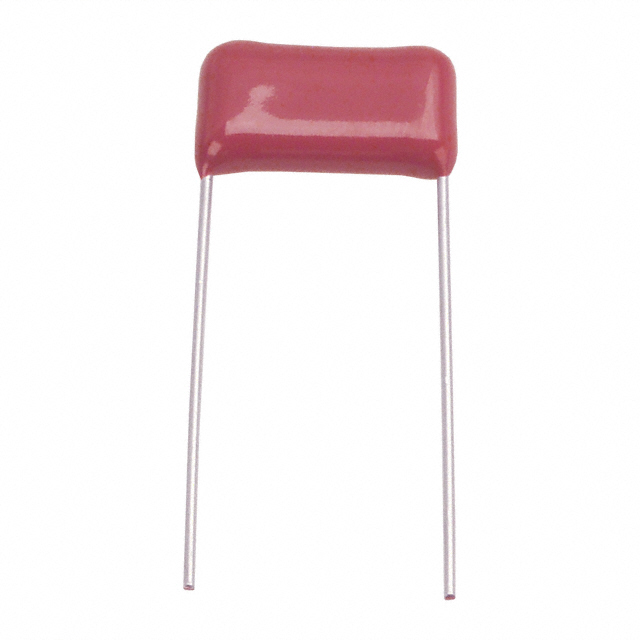

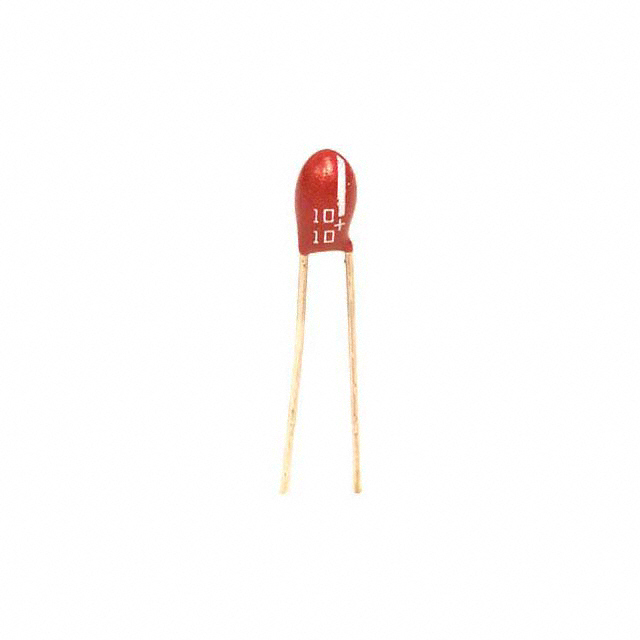

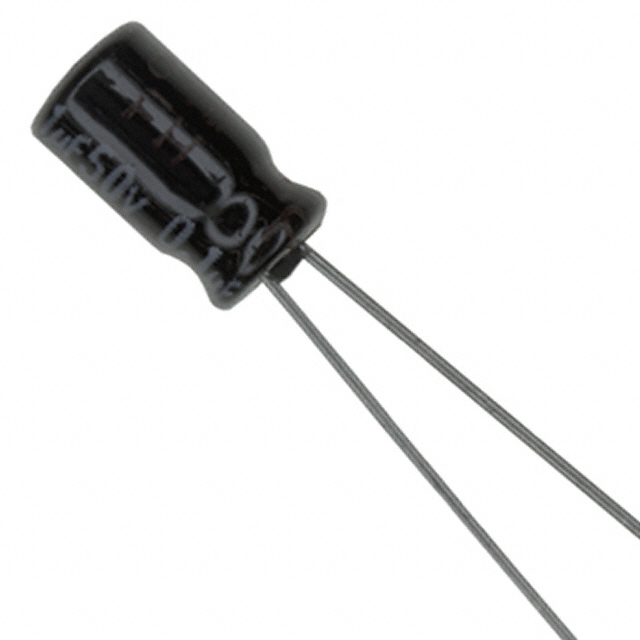

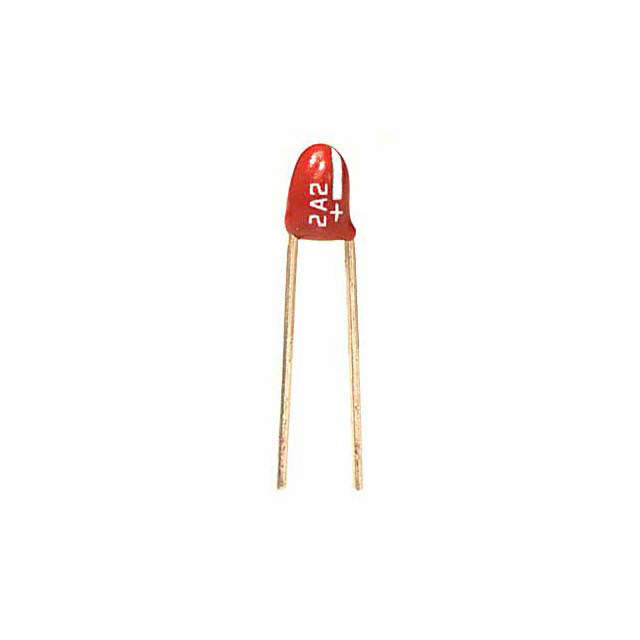
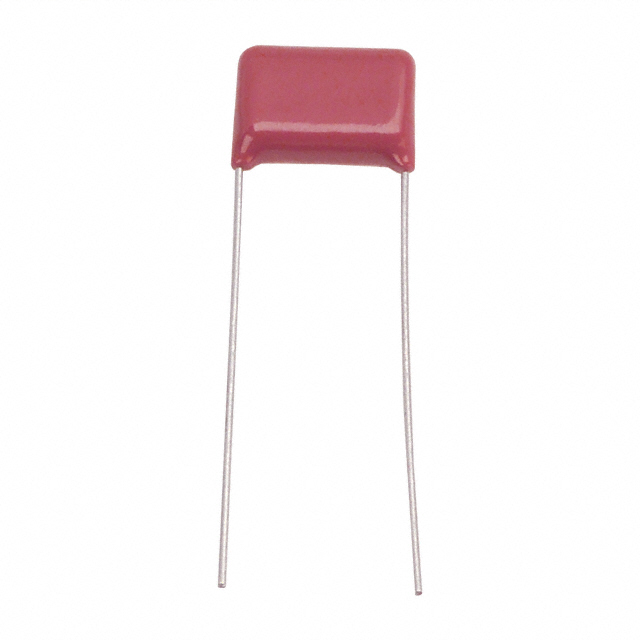
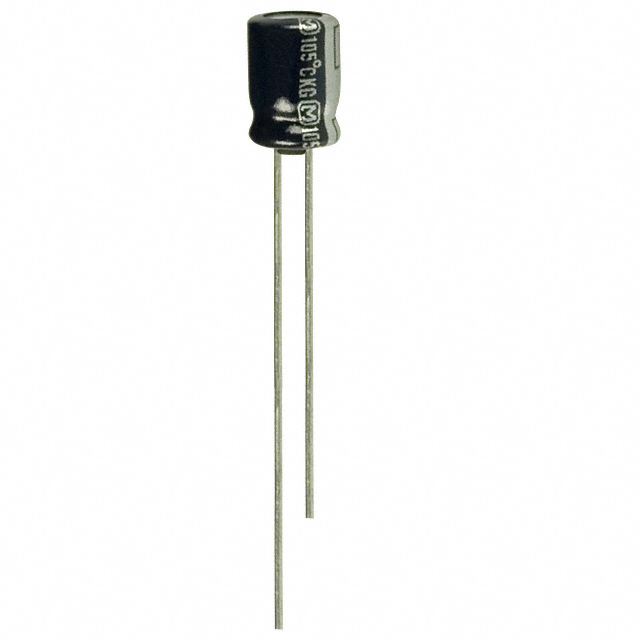
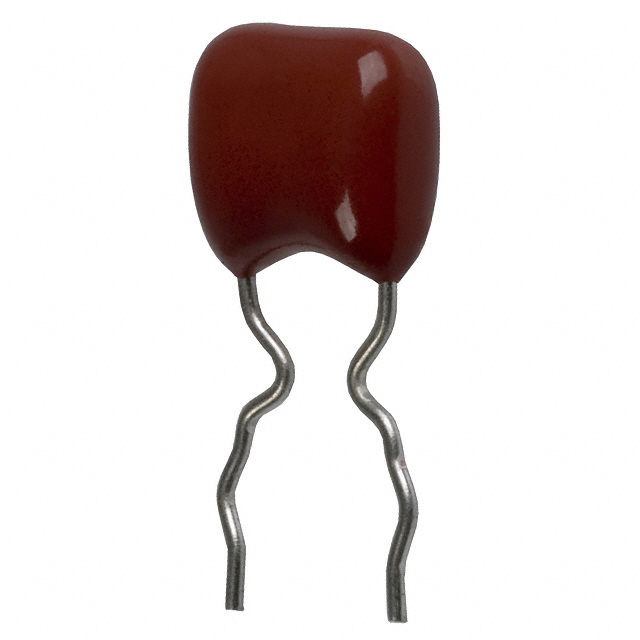


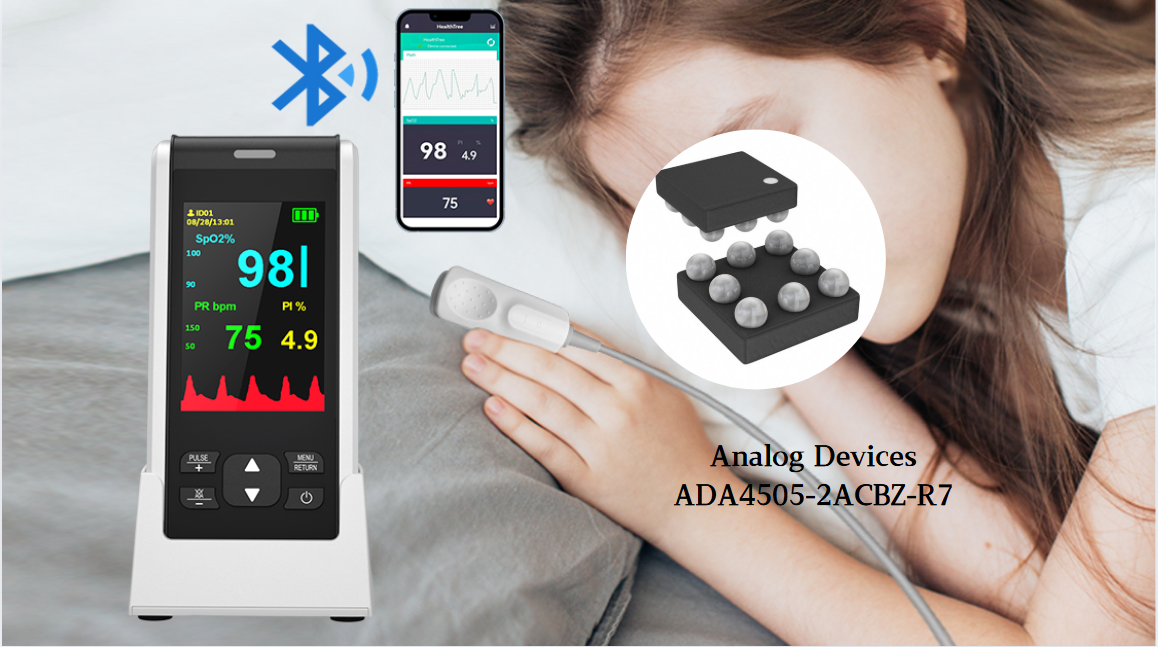

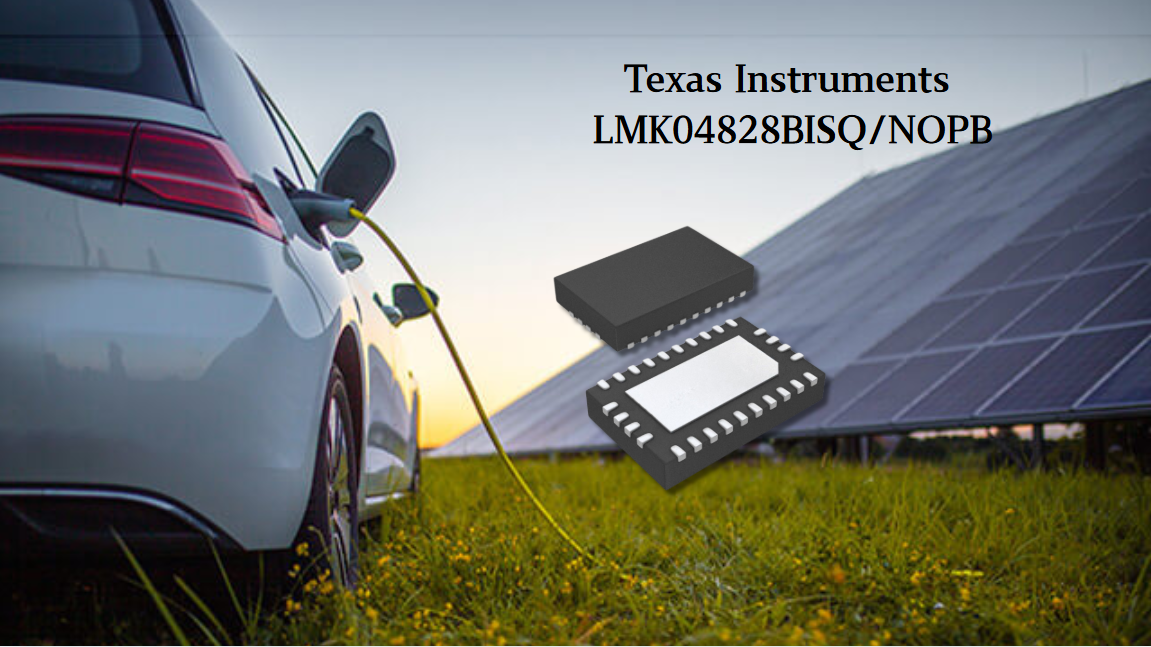
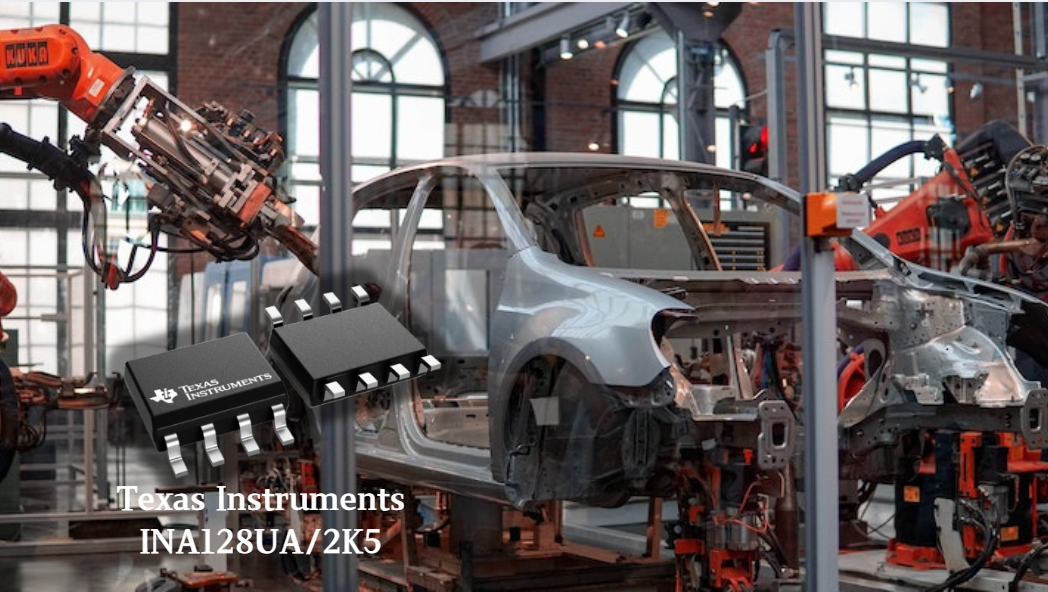
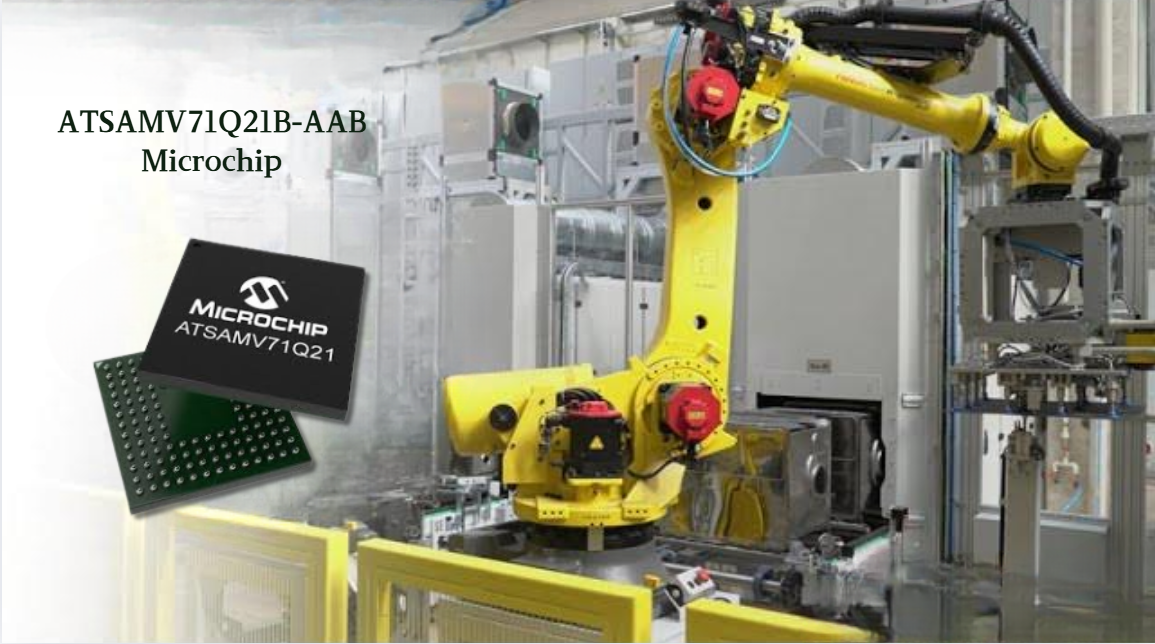
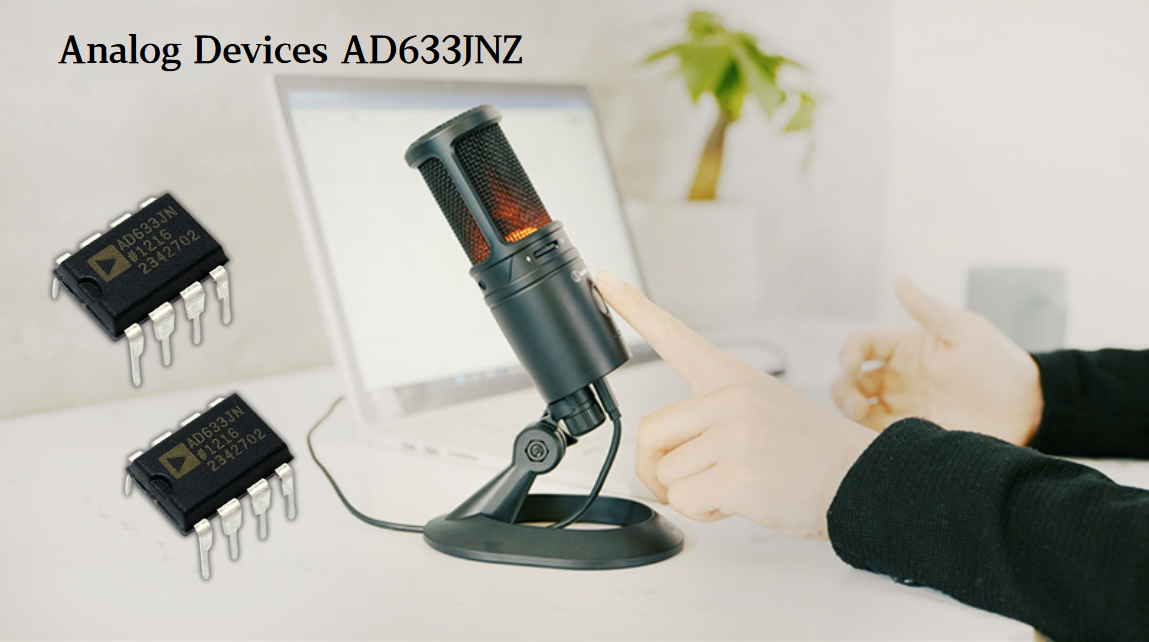
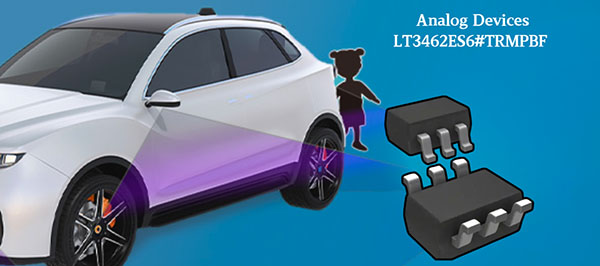


 Wishlist (0 Items)
Wishlist (0 Items) 